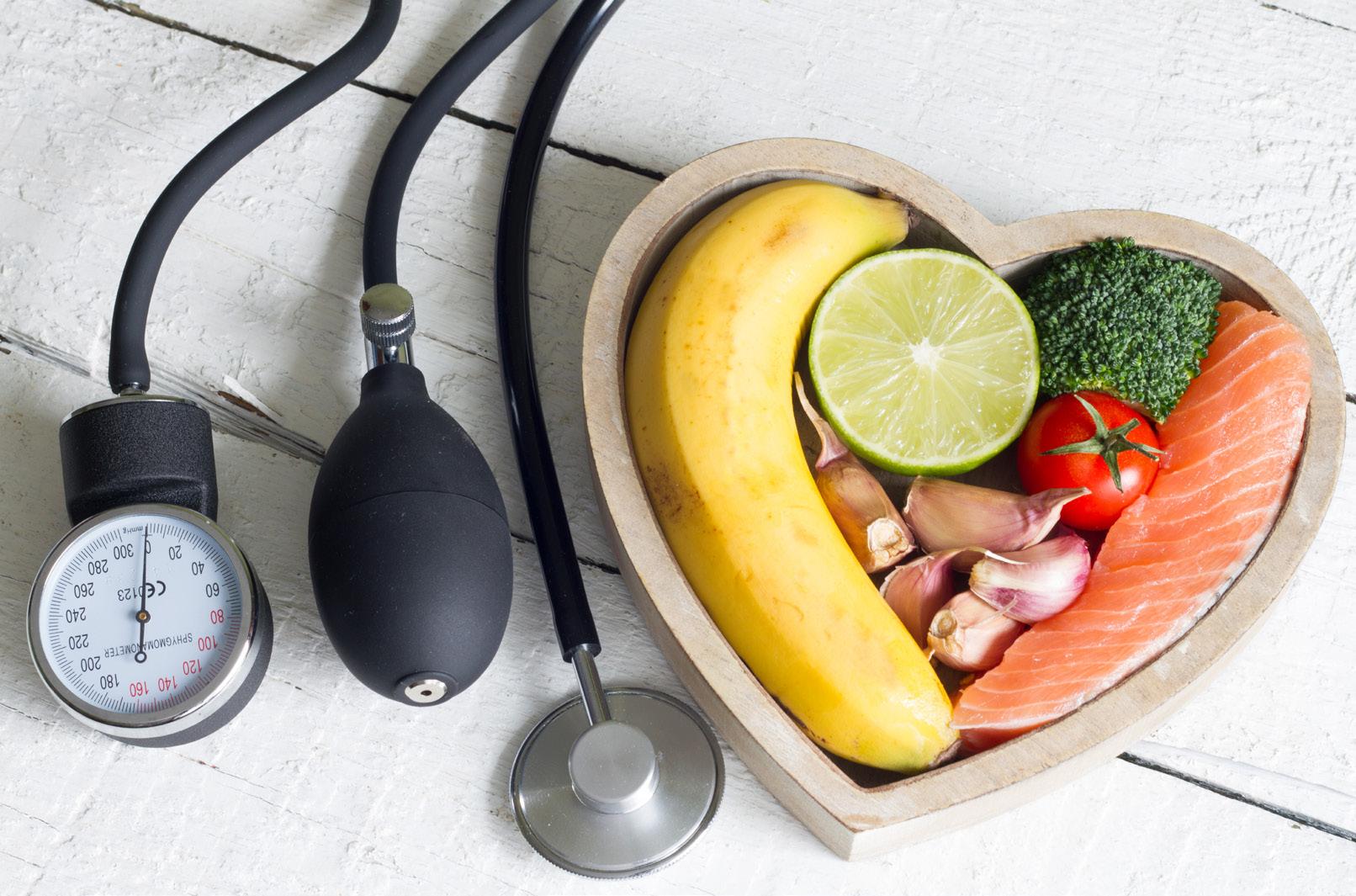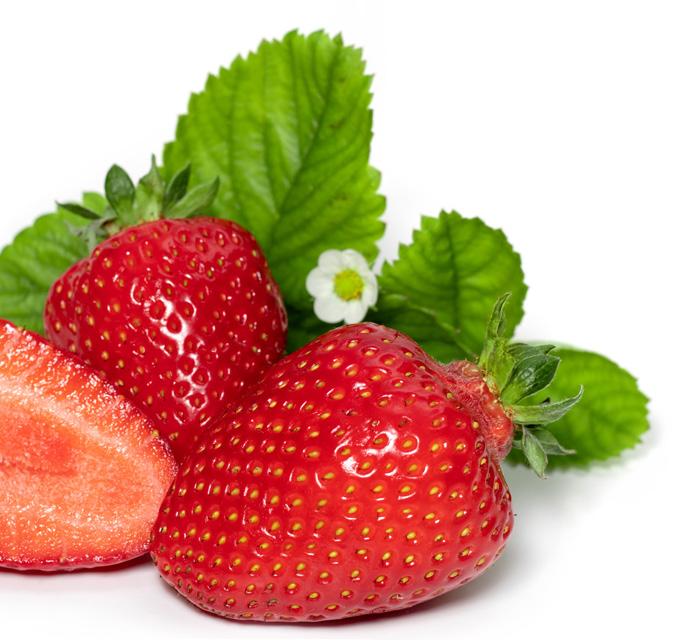
8 minute read
WELLNESS
Heart Health
and blood pressure
Advertisement
By Dr. Aaron Dutruch D.C.
YOUR HEART, LIKE ANY OTHER MUSCLE IN YOUR BODY, CHANGES WITH EXERCISE. THE HEART’S ONE “EXERCISE” IS TO PUMP BLOOD. IT PUMPS BLOOD TO YOUR LUNGS TO GET OXYGEN AND GET RID OF CARBON DIOXIDE, THEN IT PUMPS THAT OXYGENATED BLOOD TO THE REST OF YOUR BODY. UNLIKE OTHER MUSCLES, TOO MUCH WORK OVER A LONG TIME ISN’T ALWAYS A GOOD THING. AS THE MUSCLE STRUCTURE OF THE HEART GROWS THICKER THE HEART BECOMES MORE INEFFICIENT AND HAS A HARDER TIME GETTING OXYGENATED BLOOD TO ALL PARTS OF THE BODY. THIS IS WHY MAINTAINING YOUR BLOOD PRESSURE IS SO IMPORTANT.
Blood pressure is an easy way of measuring the resistance that the heart is pushing against and is a good determination of overall heart health. There are several factors that we can control that can affect your blood pressure, including weight, diet, exercise and your habits.
The correlation between increased weight and increased blood pressure is easy to understand. Your blood pressure increases because your heart simply has more material it needs to oxygenate, and the pressure must be greater to make sure all parts of the body are given enough blood to do that. Exercise and diet are a great way to maintain your weight, but they also play an essential role in reducing your blood pressure.
The current recommendation is approximately 30 minutes of moderate aerobic activity (ie. walking, biking etc.) or 15-20 minutes of vigorous aerobic activity (ie. running/jogging, swimming, etc) per day to maintain/ improve cardiovascular health. This type of exercise not only burns calories, but it also helps to reduce the likelihood of plaque buildup in the arteries and encourages your heart to build lean, efficient muscles.
Diet in this instance, doesn’t necessarily mean restricted calories, its more about giving your body the proper balance of nutrition to perform efficiently. Eating a diet that is lower in sodium or trans fats, and consists of lean meats, vegetables, whole grains and plant-based oils is a good start. Sodium increases your body’s ability to hold onto water, and directly increases blood pressure until its eliminated by the body. Trans fats and some animal fats tend to increase your LDL (low density lipoprotein) or “bad cholesterol.” This type of cholesterol can clump together and stick to the walls of your arteries, reducing the space for your blood to flow through. HDL (High density lipoprotein) is your “good cholesterol” and can be found in several plantbased oils, easy examples are olive oil and avocado oil. These HDL can act like scrubbers for your arteries and help to reduce the overall affects of the LDLs.
Some of the more common habits that affect your heart health is the use of nicotine and alcohol. Alcohol use causes the blood vessels to constrict until it has cleared your system. It can also lead to liver and kidney damage which also increases blood pressure. When nicotine is in your blood stream it resembles a crystal. Those sharp edges can damage the walls of your arteries and give the “bad cholesterol” somewhere to stick, causing more permanent damage such as calcifications.
Heart health is an important, but often misunderstood topic and keeping an eye on your blood pressure may be the easiest way to start the journey to a better you.
Dr. Aaron Dutruch D. C. received his BS in Kinesiology, Fitness and Human Performance from LSU and his Doctorate of Chiropractic from Texas Chiropractic College. He is proficient in Upper Cervical chiropractic care and is a certified FAKTR provider.
AD
For additional information on menstrual cramps, and issues ranging from menopause and weight loss to depression and mental fog, see Dr. Hall’s book “Radiant Again & Forever,” a guide to helping women live the best possible life before, during and after menopause. Women who report the most severe menstrual cramps typically have low levels of magnesium
FOR ALL THE WOMEN IN YOUR LIFE Go Red!

By Christian Dischler
Heart disease, including stroke, takes a woman’s life almost every 80 seconds. To put this into perspective, that accounts for approximately 1 out of every 5 female deaths each year, and is the overall leading cause of death for African American and white women in the US. It’s a staggering number that continues impacting women often after it’s too late. Despite these overwhelming statistics, there’s encouraging news. With proactive education and preventative actions, about 80 percent of cardiovascular deaths in women can be prevented.
GOING RED FOR WOMEN
Across the nation women are banding together to continue fighting fatal heart disease, and bring helpful education to the forefront of important conversations. Go Red for Women was founded by the American Heart Association in an effort to raise more awareness about heart disease in women. Their goal has been to provide resources for women and dispel the myth that heart disease primarily affects older men. Go Red believes that women can band together to bring their passion, commitment and wisdom into a powerful space, where heart disease is discussed openly, but more importantly addressed properly. KNOWING YOUR RISKS
One popular misconception is that the symptoms and risks are the same as they are for men. The truth is that they’re different for everyone, and Go Red helps inform women how they can stay educated on knowing their risks. These factors don’t discriminate based on age, family history, race or previous cardiovascular traumas. However, you can still mitigate further risks by prioritizing habits that coincide with a healthy lifestyle. When you have high blood pressure, high blood cholesterol, diabetes, smoke, don’t exercise or are overweight, your risk for heart disease is increased. By making even modest adjustments to these risk factors and encouraging a healthier lifestyle, your risk for heart disease plummets almost 80 percent. It’s important to remain positive and focus on the factors we can change, while not getting caught up in what we can’t change. LIVING HEALTHIER
Go Red has three foundational pillars for pursuing a healthier lifestyle in order to not only reduce risk of heart disease, but to inspire confidence and maintain a better version of yourself. • Eat Smart. We all have different taste when it comes to food, but it’s critical to eat healthier and build better grocery or takeout habits. Allow yourself space for indulgence, but take small steps towards limiting those riskier meals. • Move More. There’s a lot of myths surrounding exercise these days, but the truth is that every little movement is helpful. Finding the kind of movement that makes you happy and fits your lifestyle is crucial to developing the healthy habits that will make lasting change. Keep in mind, walking is highly underrated and just as important as more intense cardio. • Be Well. Don’t let the recent rise of mindfulness practices in the mainstream dissuade you. There’s a reason meditation, good sleep, connecting with others, living in the moment, work-life balance and stress reduction are so popular. They work! Prioritize your mental health, and your body will follow. HOW TO GET INVOLVED
AVERAGE NUMBERS TO KNOW FOR ADULTS:
Blood Pressure-120 / 80 mm Hg
Body Mass Index (BMI)-25 kg / m2
Fasting Blood Sugar-100 mg / dL
AD
Heart disease’s biggest ally is inactivity. By getting up, getting out and getting involved you immediately begin to help women all over the world strive for a better, longer life. Women like you are the reason we’ll win the war against heart disease, and Go Red For Women provides countless opportunities to join the fight.
February is American Heart Month, and the first Friday Americans come together to wear red in solidarity of heart disease awareness. It’s a unifying moment, and millions of people show their support in the community. There are also Go Red events happening all over the country, which means you don’t have to make a long trip to get involved, find support or provide help to others.
Whether national events or local fundraisers, there’s a place for you.
By helping more women avoid heart disease and its untimely outcome, you’re allowing them to continue pursuing their dreams. The leaders, experts, scientists and innovators this world needs more of could be the life you help save. To donate to Go Red For Women or get involved and learn more, visit their website GoRedForWomen.org.

AD
Strawberry Strawberry Lady Finger Cake

By Nellie Palmer
INGREDIENTS Cake • 1 box strawberry cake mix • 1 box cheesecake pudding • 3 eggs • 1 stick butter, softened • 2/3 cup triple sec or apple juice Filling • 1 container Philadelphia cream cheese • 2 cups powdered sugar • 2 boxes instant vanilla pudding • 1/2 Madagascar vanilla bean • 4 cups cold milk • 1 pkg. lady fingers DIRECTIONS Combine cake ingredients and mix with mixer for 2 min. Line two 6" pans with parchment paper and cooking spray. If you do not have 6", use 8" and trim cake to size. Split batter between the two pans and bake according to box instructions, taking into account the thinner cakes. Filling Make vanilla pudding using hand mixer. Add cream cheese, vanilla and powdered sugar. Add more sugar if filling is not thick enough to pipe onto cake. Remove cakes from oven and place on rack to cool. Slice cakes in half to make four layers. Spread filling between each layer. Pipe filling around outer edge. Place lady fingers around perimeter of cake. Tie Ribbon around cake for decoration.










